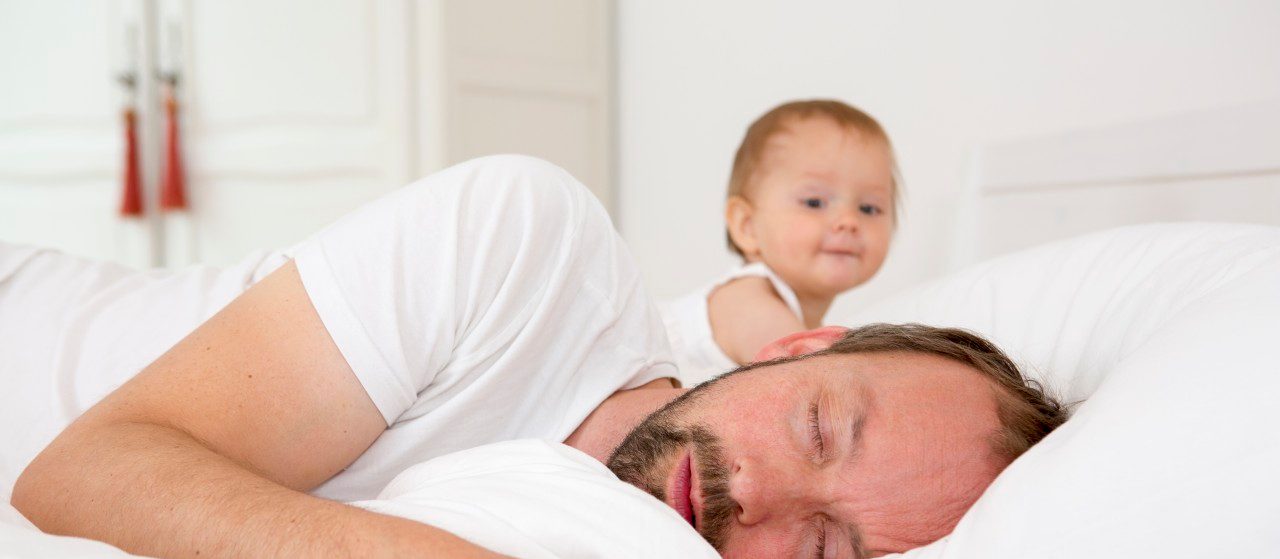Surprising Things Babies Can Do

You’d be surprised at how sophisticated an infant can be.
New parents love trying to guess what their pre-verbal child might be thinking. At two, does Sally recognize the aunt who came to visit when Sally was one? When Sally cries, is she really hurt or could she just want attention? Does she have taste in art or are pictures in a story book really just for the parents? How does she come up with those weird ways of crawling?
Science has some answers.
It turns out that Sally may very well recognize her aunt. Researchers investigated the question by showing three-year-olds a video of a researcher they had met once, two years earlier, and also a video of a stranger. Young children usually pay more attention to unfamiliar faces. In this study, the children spent more time looking at the stranger, which suggests that they remembered the familiar researcher. If you stop to think about it, that’s very impressive: humans have a gift for remembering faces, which seems to start young.
YOU MIGHT ALSO LIKE: Surprising Facts about Your Newborn
Interest in human faces makes sense, since we need other humans to survive. Even tiny infants seem to know what a human being ought to look like. In one study, three-month-olds showed a strong preference for pictures of humans rather than other primates. Adults will show much more interest in a cartoon face that looks normal, compared to a face with goggle-eyes. So do one-year olds, scientists have found.
Small children learn how to command attention. As parents have long known, some children cry much more often than others. Hiroko Nakayama filmed two babies in their homes for an hour at a time, on 12 occasions, spread out over six months. From the ages of seven to 13 months, Baby R cried 68 times on camera. Baby M, who began the six-month study at nine-months old, cried half as often.
Baby M was an only child, which may mean that she didn’t need to work as hard for attention. Baby R, on the other hand, had two siblings. She needed both eye and physical contact from a caregiver for some time before she seemed happy again. There was also one instance that Baby R’s mother considered “fake crying”: the film confirmed her perception, showing that Baby R had been looking happy right before her wail and looked happy again unusually quickly after she got attention. Fake crying, the researcher argued, should be seen as a social skill.
YOU MIGHT ALSO LIKE: How to Care for Your Newborn
Sometimes babies loudly cough while grinning, wait for your reaction, and then cough again. This behavior tends to begin around six months, when babies become more socially interactive. They may have noticed that people pay attention to coughs. Try smiling and fake-coughing back.
One-year-olds are already guessing what other people around them intend to do. Adults will eye a bucket if they see someone heading towards it with toys that might belong there. In that scenario, six-month-olds kept their eyes on the toy, while one-year-olds jumped ahead to look at the bucket. "We have demonstrated that when observing actions, 12-month-old infants focus on goals in the same way as adults do," the researchers said.
Evidence suggests that we are born able to make a wide range of sounds that are weeded down as we acquire language. Japanese adults often fail to distinguish a “r” from a “l” in English. Neither sound is used in the same way in Japanese. But babies from Japanese homes will respond similarly to American infants, turning their heads toward the sound. By 10 to 12 months of age, the American babies become more responsive to these native English sounds and the Japanese children less so.
Infants protect themselves against being dropped. A startled infant, or one who believes she’s about to fall, may fling her arms out to either side, as though she were Superbaby about to lift off. This instinct, called the “Moro reflex,” may have evolved to help a parent catch baby before a fall.
Babies invent their own crawl-style. Some slide on their bellies, others leapfrog, others take the traditional right-angled knee approach. Some crawl under the sofa, backwards. Crawling backwards may happen for a while because your baby’s arms are stronger than his legs.
Do babies recognize moods or have preferences in art? Well, in one study, 3-month-olds didn’t seem to notice when a song was sad or happy, but 9-month-olds did. At this older age, in another study, babies became interested in a Picasso painting, after getting bored looking at a Monet. But after time looking at a Picasso, they preferred to look at other Picassos rather than a fresh Monet. The researchers tried to pin down Picasso’s appeal: was it brighter colors, more contrast, or geometric shapes? The answer didn’t emerge, but overall Picasso appeared to be more stimulating.
By the way, you needn’t worry too much if your darling passes gas frequently, shivers ferociously from time to time, gets hiccups, and stands before she learns how to sit — it’s all normal.
Updated:
April 07, 2020
Reviewed By:
Janet O’Dell, RN